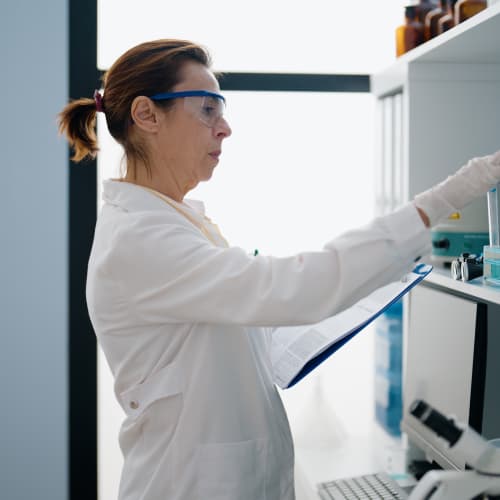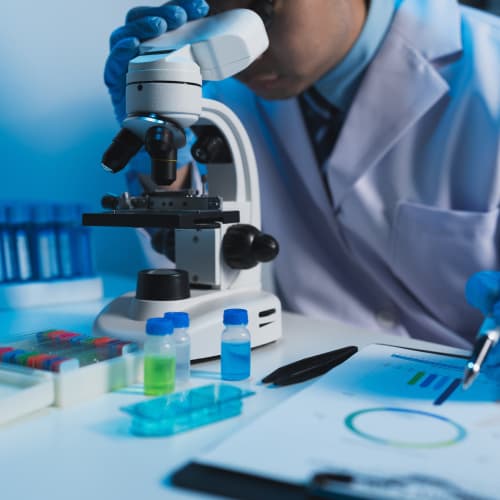Nitrosamine testing is typically conducted via gas chromatography mass spectrometry (GC-MS) using a triple quadrupole mass detector. There is a known exception for the detection of NDMA in ranitidine. In this testing scenario, the high temperatures introduced by the GC-MS process may lead to spontaneous NDMA formation, rendering the test inaccurate and invalid. For this reason, liquid chromatography mass spectrometry (LC-MS) with an Orbitrap mass spec is used for this test.
In both types of testing, the first step is to create a written risk assessment based on the known properties of the manufacturing processes and raw materials in use. Recycled raw materials pose a higher risk of nitrosamine formation, which should be factored into this analysis. The end goal of the assessment is to determine whether further testing is necessary.
If testing is necessary, a sample is collected from the product being tested, which is then put through the specified process — GC-MS or LC-MS. If this step detects the presence of nitrosamines, a second, more targeted test will be carried out to determine whether the presence falls within acceptable levels.

